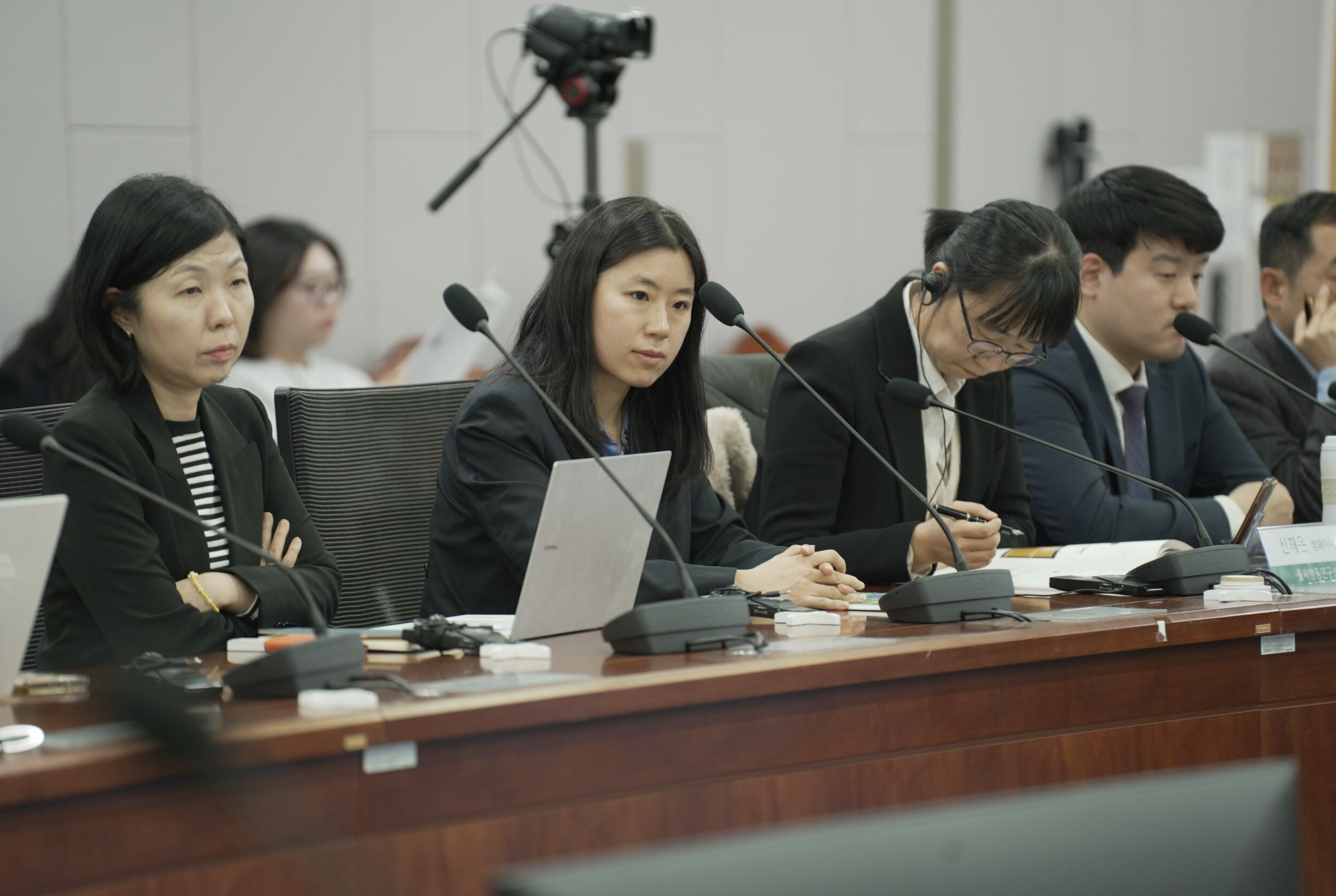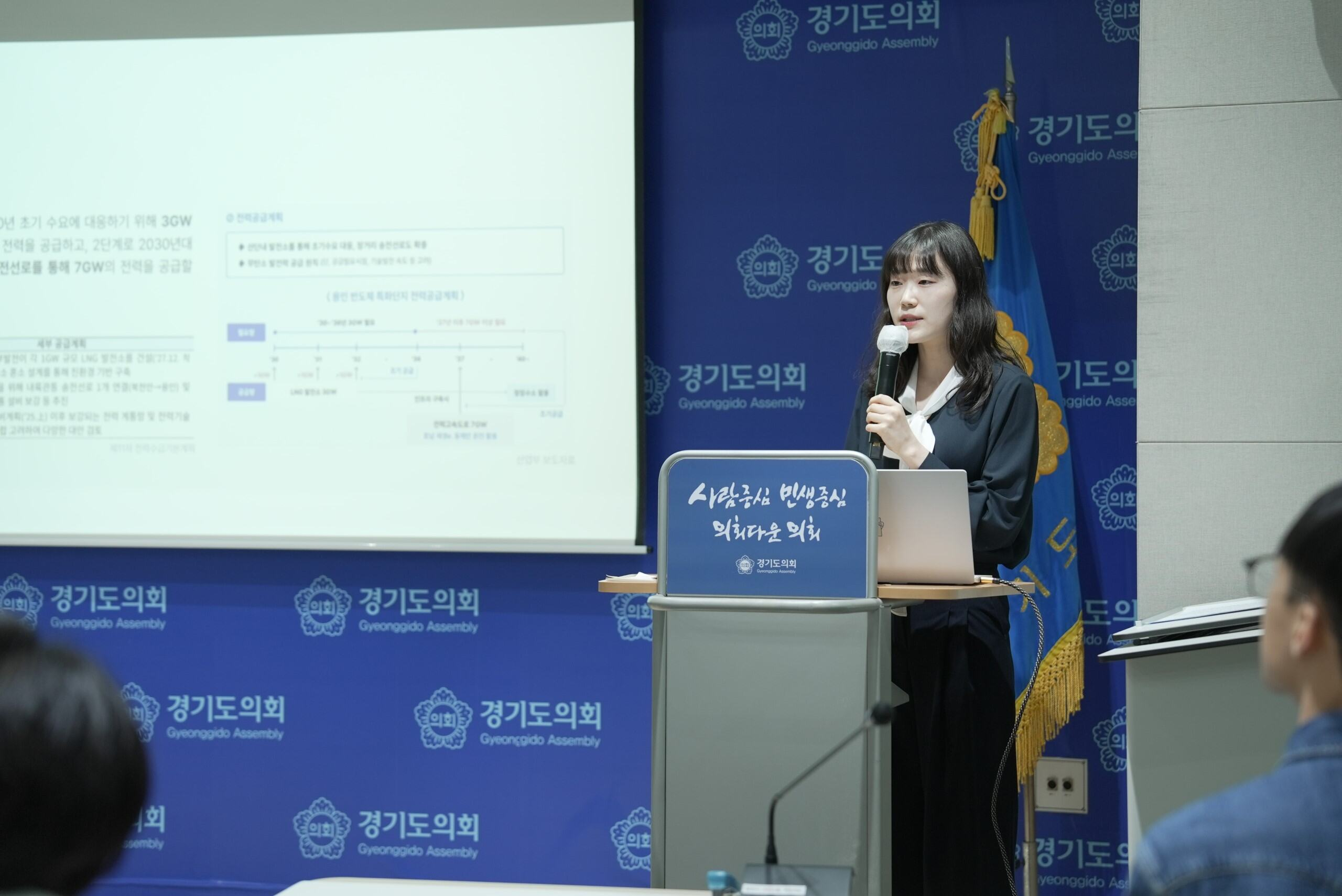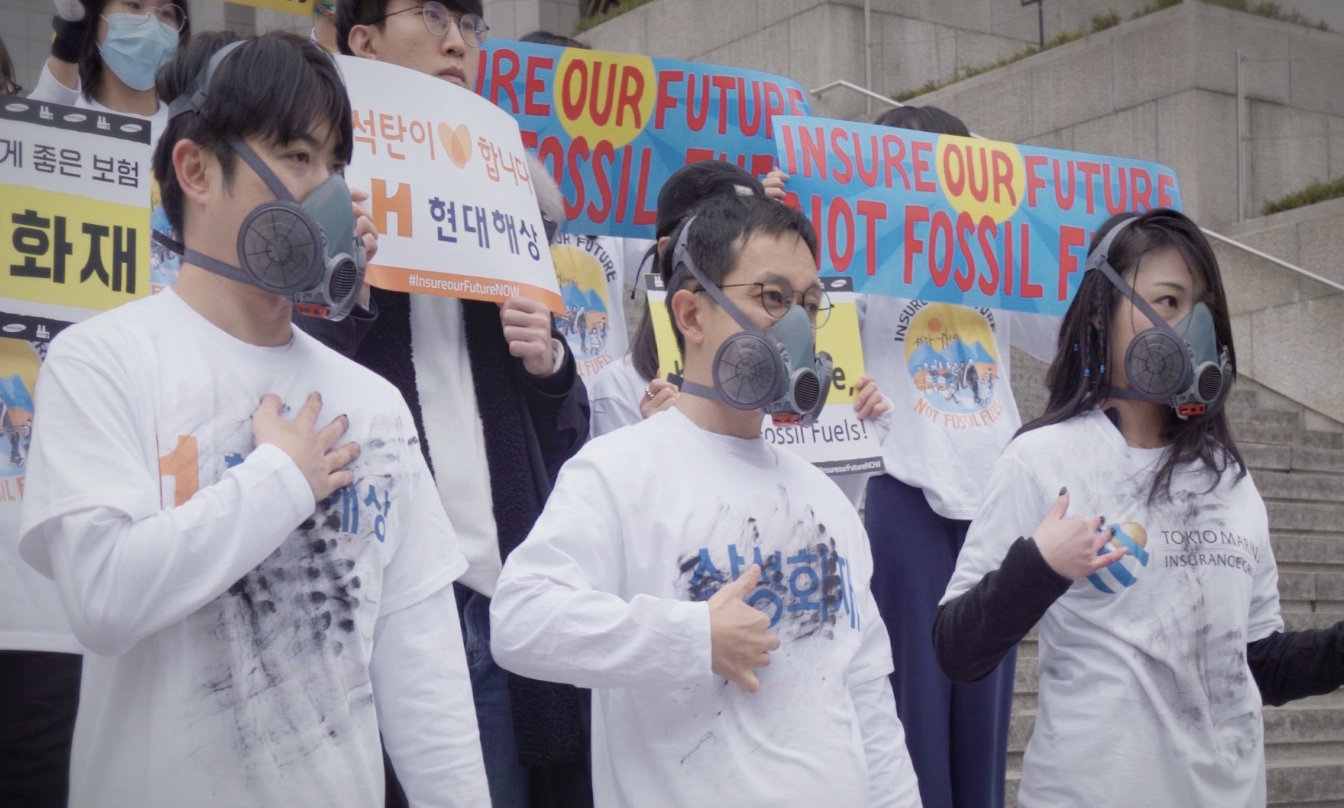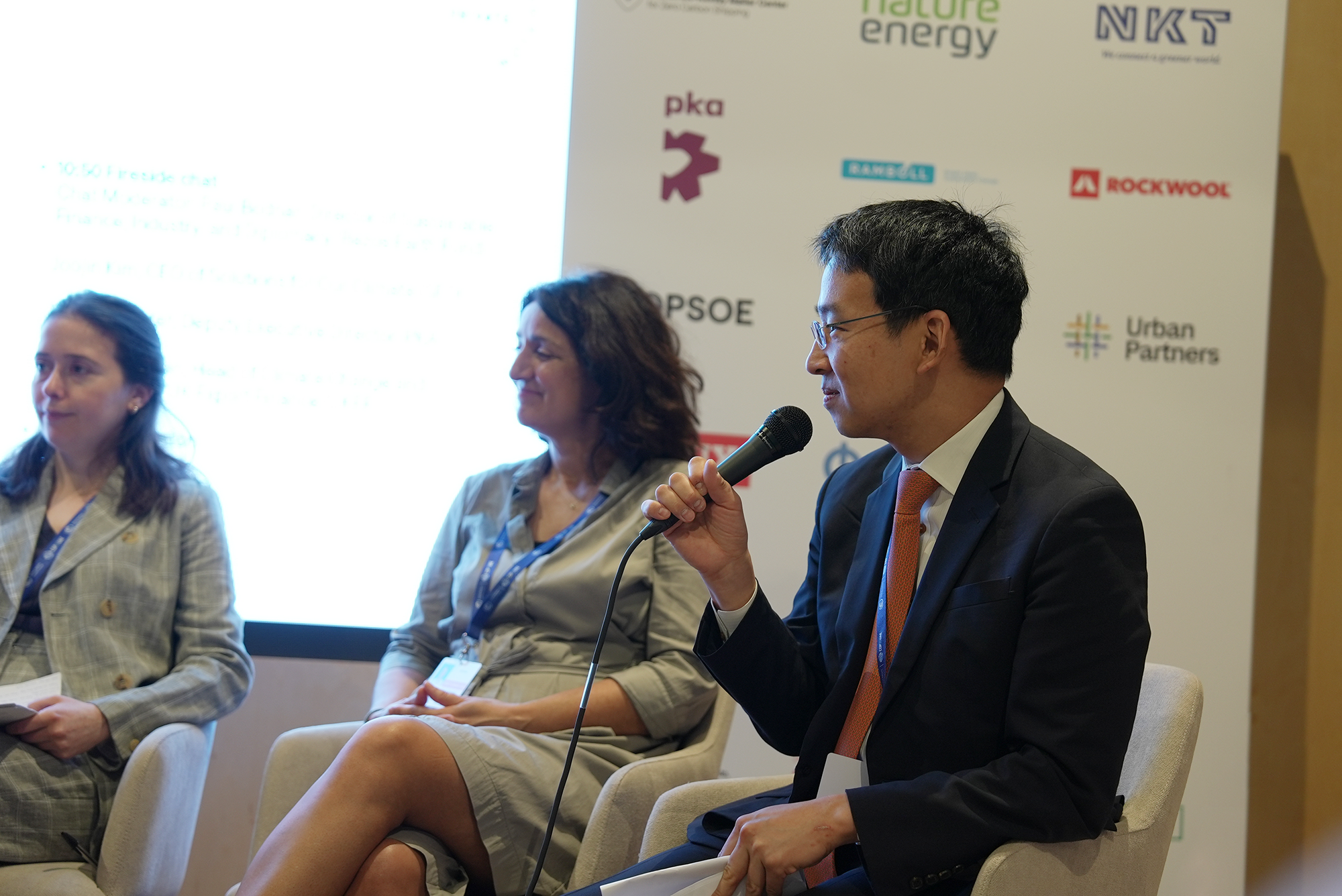
On February 27, 2025, South Korea marked the 50th anniversary of introducing wind power to the country with a milestone decision: the National Assembly passed the long-anticipated Offshore Wind (OSW) Special Act. The timing couldn’t have been better, this legislation lays the foundation for offshore wind to play a much greater role in Korea’s clean energy transition.
Until now, Korea’s offshore wind industry has faced long delays, with projects taking an average of 71 months, nearly six years, just to get the right permits to start the installation. The new OSW Act aims to cut that time by more than half, down to 31 months. In a world racing to meet climate targets and reduce reliance on fossil fuels, this change is more than welcome, it’s essential.
So, What’s Actually Changing?
Previously, launching an offshore wind project in Korea required navigating a highly complex and fragmented system. Project developers had to identify suitable ocean sites themselves and apply separately for numerous permits across 10 government ministries and 29 laws. This drawn-out, uncertain process has been a major barrier to timely progress in the sector.
The new OSW Act introduces two major reforms to simplify the process:
Government-led zoning
The government will now take the lead in pre-identifying suitable offshore zones for wind energy, in consultation with local communities, fishers, and relevant ministries. This approach ensures greater transparency and coordination while reducing conflict over site selection. Once zones are designated, companies can bid for the rights to develop projects in those areas.
Streamlined permitting system
To replace the previous maze of permits, a streamlined permitting process will be introduced. Once the selected companies submit and get approval for their implementation plan, the relevant permits will be streamlined. This reform shortens the permitting process in the second half of the process from 36 months to 14 months, increasing predictability for stakeholders involved—including local governments and communities who also need timely engagement and information.
Here’s a visual explainer that breaks down the two major changes introduced by the Act.
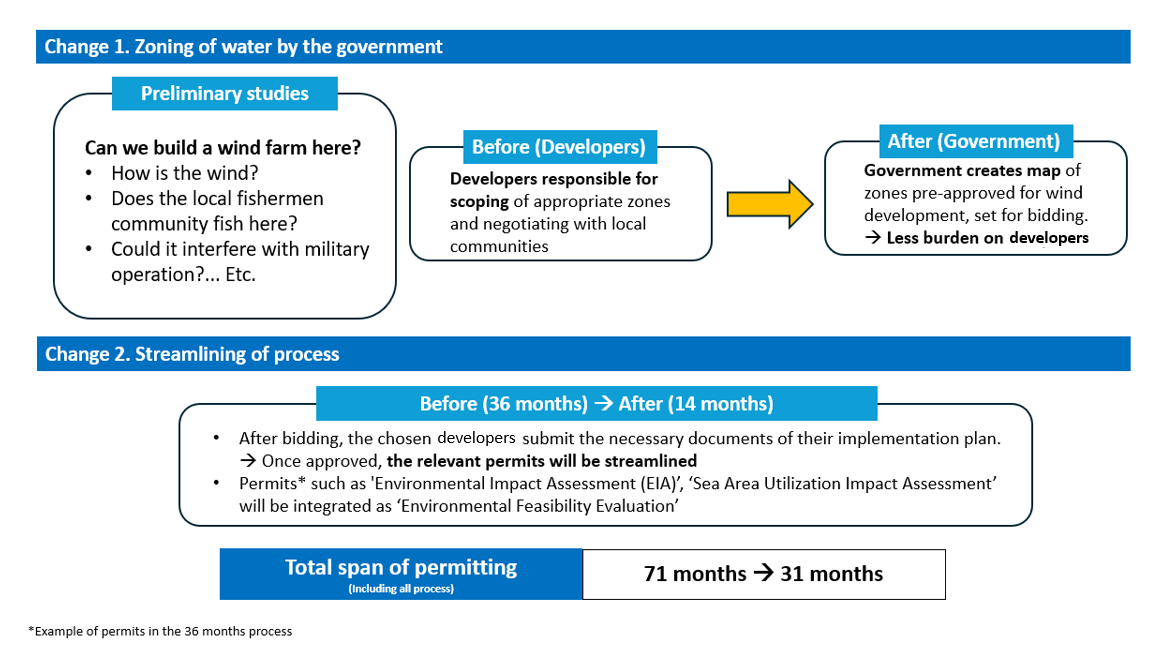
Not the End—Just the Beginning
While the OSW Act is a major step forward, it is only the beginning. Much depends on how the law will be implemented through its enforcement decree. Important questions remain—how will the new system accommodate ongoing projects already in the pipeline? Will they have the option to transition to the new framework?
Addressing these transitional issues fairly and clearly will be key to ensuring the OSW Act accelerates—not complicates—the sector’s progress. Beyond industry efficiency, it’s about designing a system that balances environmental integrity, local participation, and national climate goals.
If thoughtfully implemented, the Offshore Wind Act can help South Korea realize a cleaner, more resilient energy future—one that serves the public interest, drives green jobs, and responds to the climate crisis with the urgency it demands.
The future is inevitable. And with this Act, it just got a little closer.
